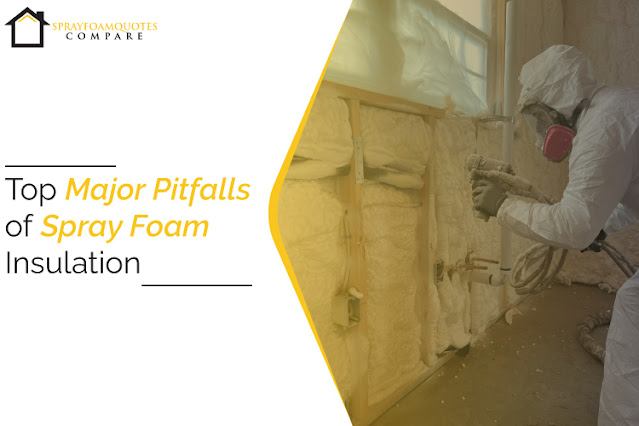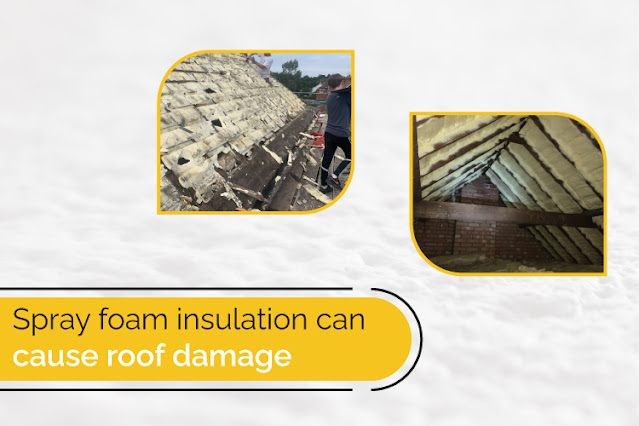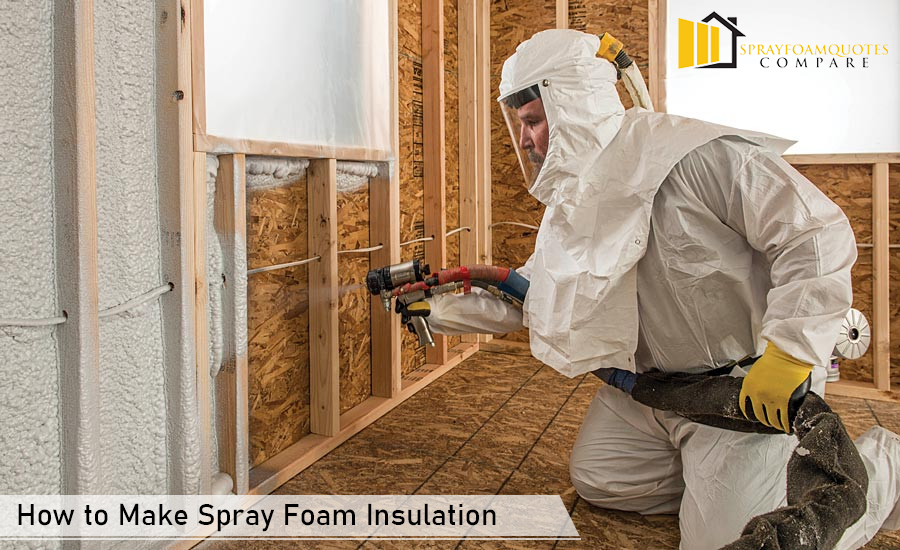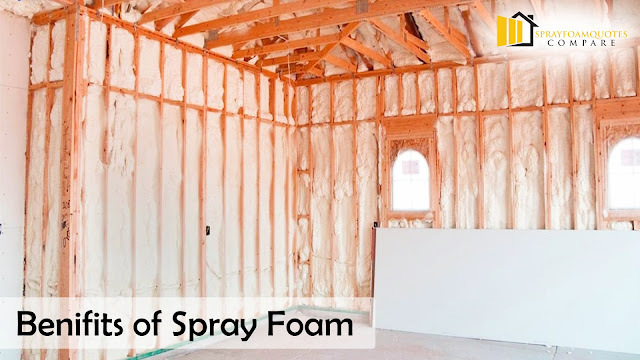Top Major Pitfalls of Spray Foam Insulation
The great news is that spray foam difficulties are often less common and simpler to overcome with careful planning and execution.
Homes insulated with spray foam can be among the most energy-efficient and comfortable structures ever created.
However, spray foam insulation is not without flaws; let us study the major pitfalls of spray foam insulation and the different ways to find them.
- Spray foam is inadequately
thick
- Some of the air exchange
spots were missed by spray foam installers
- Spray foam installers are
inexperienced about the building envelope and either sprayed too little or
too much
- Spray foam expands and deflects from the framing
As per Fine Home Building, improper spray foam insulation application by an unskilled or unauthorized contractor can result in a number of issues. Wrong application results in uneven spraying of the material, unpleasant scents, and a lack of adherence. When this occurs, a persistent odour is produced.
Improper Foam Application
The majority of problems with spray foam insulation are due to improper application. If the spray foam is not employed correctly, or the combination was inappropriate for the site, it can lead to a number of issues such as
- The surface has not been
adequately sprayed, resulting in gaps or a lack of the appropriate depth.
It is recommended that 100mm of spray foam should be used between the
rafters and that it be distributed uniformly throughout the space. Water
can get through cracks, and dampness can instantly build-up, resulting in
mould and mildew formation. It could also indicate that the insulation
created is not performing well as it should.
- The material composition is
improper, resulting in the foam failing to stick to the surfaces or
disintegrating after a short period of time. Spray foam typically lasts
more than thirty years; consequently, any foam that fails before this time
is most likely the result of an improper material mix.
- Unstable or hazardous fumes
are relatively rare, although they can occur if the foam mixture ratio is
not appropriate. When sprayed, the foam usually cures almost instantly, if
not within a few minutes. The gases can be dangerous if it does not set.
As a result, selecting a good installer for your project is critical and
quintessential.
How Condensation leads to inadequate ventilation
While spray foam insulation might provide a completely watertight and airtight solution, it can also cause warm air to become imprisoned in the space.
As a result, it is critical to have ventilation alternatives such as a door, Velux, or simply vents. You can also use more breathable spray foam, such as open-celled spray foam, to allow warmer air to escape.
You may also keep humidity at bay in
the remaining part of your house by using window openings, trickling vents, and
air bricks.
Spray foam insulation can cause roof damage
When items heat up, they expand, and
when they cool down, they contract. Roofs can be damaged by this expansion and
contraction process and contraction.
Improper insulation can cause roof damage and the reason is that the insulating barrier is located between the house's main rooms and the frigid region of the loft.
This signifies that there is a significant imbalance between the two compartments, resulting in moisture build-up when the cooler air meets the warm air.
Spray foam insulation is placed over the roof rafters to balance the heat in the attic with the rest of the home. This reduces the possibility of cold air colliding with warm air. However, there are several drawbacks to using spray foam insulation on the ceiling that can be addressed.
You can avoid this by using open-cell spray foam insulation, but because it is not waterproof, any roof leak could turn it into mush. You could also explore ventilation options like a window, a roof, or a roof vent.
Why spray foam insulation emits offensive odours?
Spray foam insulation has undesirable
side effects such as terrible odours, or sometimes a fishy odour that tends to
linger for years after installation.
While it is an uncomfortable experience for homeowners, the problem is luckily uncommon.
For those unfortunate enough to be affected, the reason is usually the installer's fault. If the spray foam is applied too thickly or too fast, the interaction that allows the spray foam to spread properly is disrupted.
When applied too quickly, the exothermic reaction becomes too hot, causing the following layer to fail to react appropriately. When you use it too heavily, the layer beneath cannot spread as it should, resulting in gaps and spray foam.
When the foam interacts incorrectly, it emits too much gas, which generates an unpleasant odour. Another explanation for this is when the installer does not utilise the proper chemical composition it can cause an unpleasant odour.
Because of how well the spray foam
adheres to surfaces, it is also quite difficult to remove. Trying to contact
the spray foam expert, where you should be able to submit a demo of the
insulation, is another possibility.
They will see if they can figure out what's
causing the problem, but it won't solve it.
Also, if there is HVAC in your loft,
the vents may be leaking. This may cause the foul odour to spread throughout
your home.
Problems of Mould Formation
Closed-cell spray foam creates a significantly firmer insulating seal, which retains far more heat than conventional types of insulation.
The main disadvantage is that by holding in so much heat, you can generate the ideal habitat for mould and mildew to thrive.
In fact, mould and mildew are not
guaranteed with spray foam insulation; mould and mildew are more likely to
emerge with fibreglass and cloth insulation.
It is worth noting that there is a conflict of interest between companies advertising spray foam insulation and companies offering alternatives.
The former usually emphasises that
spray foam insulation is excellent for reducing mould and mildew, whereas the
latter usually emphasise the opposite.
To begin, make certain that when you install spray foam insulation; simply do not spray over surfaces that exhibit evidence of mould and mildew.
Both take only 24-48 hours to show, but the growths at this time can be tiny enough to be missed totally. So, before committing to spray foam insulation, you should first inspect the loft for problem spots and understand where not to use spray foam insulation.
Conclusion
Despite the drawbacks, spray foam insulation is a great alternative to insulate your home and reduce your energy expenditures. It has a durable lifespan, which means that a proper application might keep your residence warm for decades. Fill out our quick web form if you would want to get going on sealing your home. All you have to do is enter a few details, and we will put get in touch with our reliable suppliers.





Comments
Post a Comment